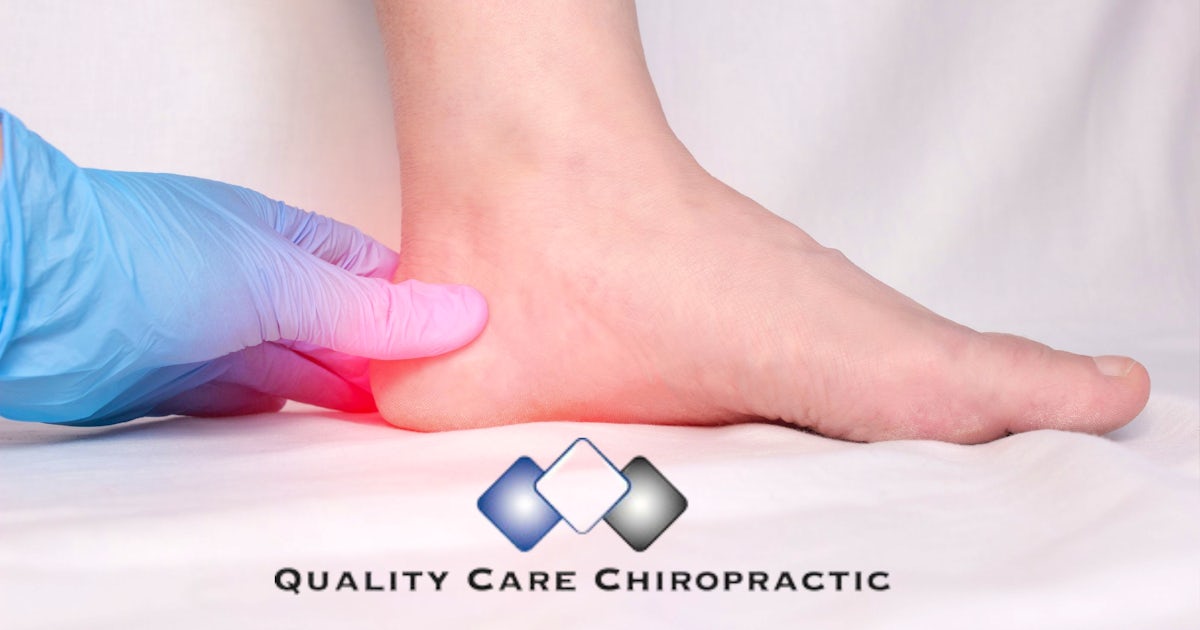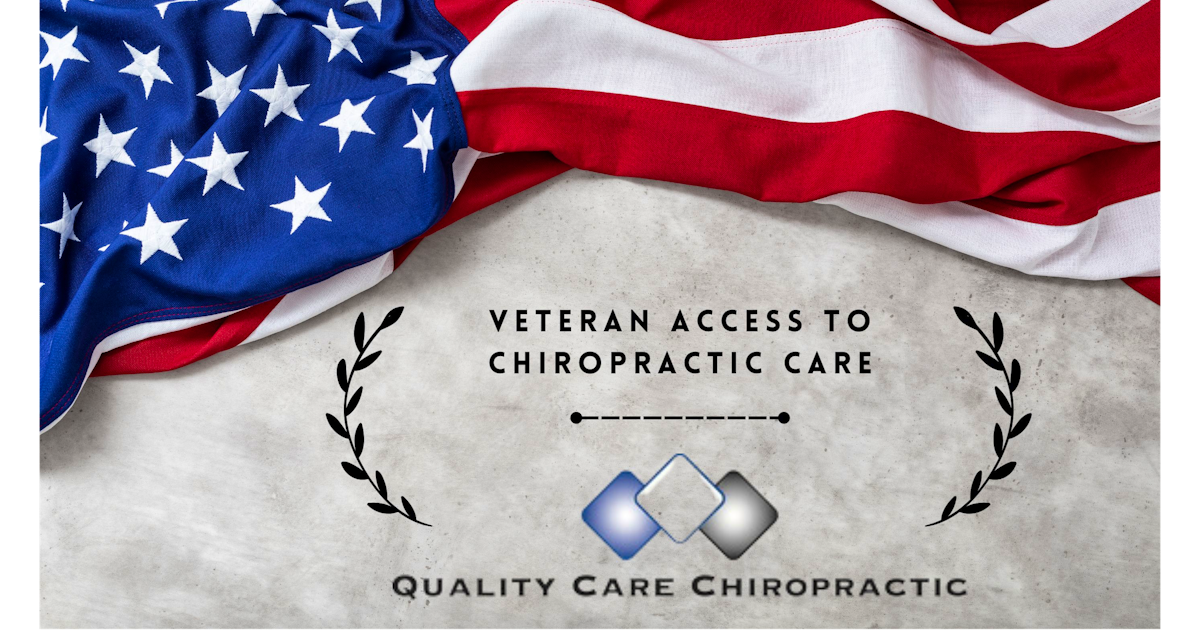
Chiropractic Care for Trigeminal Neuralgia
People suffering from trigeminal neuralgia often feel like everyday activities—eating, talking, shaving, or even feeling wind on their face—are like torture. These small parts of living can trigger jolts of pain akin to electric shocks, aching, and/or burning in the face. Researchers estimate 10,000–15,000 new cases of this neurological disorder every year, but very few treatments offer a permanent solution.
What Is Trigeminal Neuralgia?
Trigeminal neuralgia (TN), also known as tic douloureux, is a chronic pain disorder typically caused by a malfunctioning nerve cluster. The result is sudden, severe facial pain at the fifth cranial nerve, which provides sensations and signals to much of the head, face, torso, and neck. Commonly affecting just a few nerves, problems are felt throughout the body. TN can happen naturally with age, or it can be caused by an injury, stroke, multiple sclerosis, or a brain abnormality. TN attacks typically stop for a while and then return, but the condition can be progressive and worsen over time with shorter pain-free periods.
- Type 1—More typical, this form causes extreme, intermittent, sudden pain lasting a few seconds to two minutes per episode. Pain is triggered by vibrations or light cheek contact (e.g., shaving, face washing, applying makeup), brushing teeth, eating, drinking, or talking. The intense pain often makes people avoid daily activities or social contact out of fear of an attack.
- Type 2—This rare form is characterized by constant aching, burning, or stabbing pain, but the pain is usually less severe than Type 1.
TN affects twice as many women as men and is most common in people older than 50 (although it can occur even in infancy). Having multiple sclerosis, high blood pressure, or smoking increases the risk.
Causes of Trigeminal Neuralgia
Several conditions lead to TN pain:
- Upper Cervical Misalignment. Issues with upper neck bone alignment from head or neck injuries or repetitive poor posture can cause uneven pressure on the joints, muscles, and nerves of the neck.
- Pressure on the Fifth Cranial Nerve. Pressure on this nerve from blood vessels or tumors can cause facial pain or motor problems. It can be congenital, but more commonly is related to a misalignment issue.
- Multiple Sclerosis (MS). This pre-existing condition can cause pain through nerve interference as MS affects the blood vessels.
- Artery and Vein Malformation. Arteries and nerves can become tangled in a condition known as an arteriovenous malformation.
- Nerve Damage. Injuries can happen to the trigeminal nerve (from sinus or oral surgery, stroke, or facial trauma).
Symptoms of Trigeminal Neuralgia
TN pain is generally sudden and intense on one side of the face. It can last a few seconds or up to two minutes at a time, sometimes even several times a day, and attacks can occur regularly for days to weeks or longer. After a while, any movement or physical contact involving the face can cause extreme pain:
- Feelings of electrical shocks from the upper lip, along the jawline, and in the head and neck
- Feelings of bugs crawling or shocking throughout the body
- Numbness or tingling sensations
- Burning or throbbing sensations
- Uncontrollable facial twitching or grimacing
Beyond the physical pain, TN also can have extreme emotional and social impacts should the symptoms interfere with a person’s ability to work and have relationships. Patients may avoid social contact and fear daily activities, which can lead to depression and sleep problems as well.
Treatment of Trigeminal Neuralgia
TN diagnosis is based on medical history and symptoms along with physical and neurological examinations, including MRI brain scans to rule out tumors or multiple sclerosis. Once diagnosed, people often seek treatment for their pain through medications, surgery, and complementary treatments.
Medications. Several medications commonly are prescribed to help treat the symptoms of TN:
- Anticonvulsants. These block nerve firing; they are often effective TN1 but less so for TN2.
- Antidepressants. Tricyclic antidepressants are used to treat pain.
However, medications often lose their effectiveness over time or cause side effects like dizziness, confusion, nausea, cognitive disturbances, memory loss, excess fatigue, or bone marrow suppression.
Surgery. If medication fails to relieve pain or produces intolerable side effects, doctors may recommend surgical treatment. Common surgeries include the following:
- Gamma Knife Radiosurgery. This non-invasive procedure focuses a beam of radiation at the root of the affected nerve to cause nerve damage and blunt pain signals.
- Radiofrequency Rhizotomy. This procedure involves passing a needle through the cheek and into the skull. Common options include balloon compression, glycerol injection, and radiofrequency thermal lesioning.
- Microvascular Decompression. This procedure involves an incision behind the ear to make a small craniotomy to relieve pressure or remove the nerve. It is the most invasive surgery but offers the lowest likelihood of pain returning.
Although these procedures often successfully relieve pain for a few years and can be repeated, they are rarely permanent. Surgeries also carry serious risks, such as facial numbness or weakness, hearing loss, balance problems, cerebrospinal fluid leakage, infection, surface numbness, deep burning pain, or stroke.
Complementary Treatments. Some people manage TN pain with varying degrees of success alongside medications through alternative treatments:
- Low-impact exercise or yoga
- Meditation or creative visualization
- Aroma therapy
- Acupuncture
- Biofeedback
- Vitamin and nutritional therapy
- Injections of botulinum toxin (Botox)
- Chiropractic care
Benefits of Seeking Chiropractic Care for Trigeminal Neuralgia
Of all the alternative treatments, chiropractic care is by far the most effective. If a patient has upper cervical spine problems, that can be the direct cause of TN pain. Patients who visit chiropractors often find relief from nerve pain because the care focuses on realigning the spinal cord. Treatment notably stimulates the nerve system, restores nerve function, and eases pain commonly associated with TN.
“We have seen several patients with trigeminal neuralgia symptoms and have gotten them 90–100% pain free even with conservative chiropractic care,” says Dr. Rick Gross of Quality Care Chiropractic. “The symptoms can stem from other areas, such as the spine or temporomandibular joint (TMJ), but by using effective spine and TMJ adjustments, we take pressure off the nerves and relieve the pain.”
Case Studies for Thought
Seven-Year Crick: A 68-year-old woman with a 7½-year history of worsening head and neck pain from trigeminal neuralgia after a brain tumor surgical resection went through years of unsuccessful medication and physical therapies, so they tried chiropractic care (ultrasound, manual and soft tissue therapies, home stretching). After initial treatment and 18 months of supportive care, the patient reported satisfactory improvement in her neck pain, TMJ syndrome, and trigeminal neuralgia. While never completely pain-free, the patient continually reported minimal pain.
Quality Care Chiropractic: “We recently had a patient diagnosed five years previously with migraine headaches because of severe head, cheek, jaw, and neck pain. Medications gave some relief, but he had to take it daily. A different doctor diagnosed him with TN (the nerve going to the cheek and jaw was inflamed and irritated). That doctor gave him different pain medication. That helped for years, but again only if he took it daily. He came to see us because that medication was no longer relieving the pain, and he was told that surgery was the next step. He was terrified of that option,” relates Dr. Gross. “We discovered that his TMJ dysfunction was the real problem and had occurred after extensive dental work. After a single chiropractic treatment for his TMJ, he was about 80% pain free and almost completely pain free after three treatments, plus his jaw finally worked better than ever, allowing him to open and close his mouth normally without pain or severe restriction.”
Confident We Can Help
“When treating someone with trigeminal neuralgia, we are very confident that we can help,” offers Dr. Gross. “In each of the cases we have treated, the pain has never come back. We also use the minimally invasive MLS Laser to treat severe nerve pain. In addition to powerful pain relief, this also boosts cellular energy, so the patient heals significantly faster.”
If you or anyone you know is suffering from this kind of facial nerve pain, please contact Quality Care Chiropractic in Aurora, IL, at (630) 499-2225 to asks questions and learn about the next steps to getting you back to whole-body health.



Dr. Rick Gross
I have found that being a doctor is so rewarding because every single day I see miracles happen in front of my very eyes. If I stick to basic principles, I notice the best results. I focus on effective, research-based therapies. I recommend only the therapies I believe my patients need, and only for as many treatments as I believe they need. I keep up with current research and educational seminars to improve techniques and treatments. I treat each person in my office like I would treat my own family – with respect, compassion, and understanding. When conflicts or problems arise, I expect honest, open communication to resolve any issues, and I promise to do my best to ensure satisfaction. I never take for granted the trust I have earned from my patients.